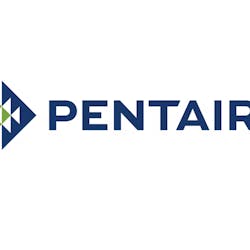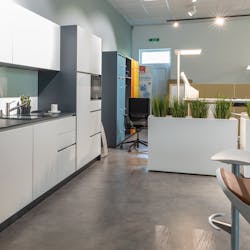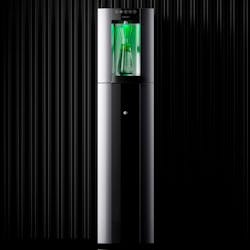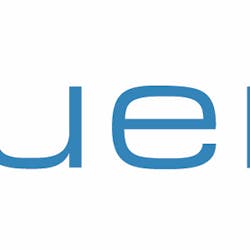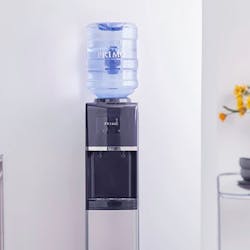A recent article about water bottle filling stations really struck me as an opportunity. It appeared on Mississauga.com about how the Herb Campbell Public School in Caledon, Ontario, Canada, has gone green and added attachments to their water fountains that allow refilling of an average-sized water bottle from a soda fountain type mechanism, as well as allowing users to get a drink as they would from a typical water fountain.
The school added the water bottle refilling stations as part of its commitment to sustainability, and the fountain includes a digital counter of how many 20-ounce plastic water bottles are kept from landfills by students using the refilling station. At the time the article was written, that number was 1,600 bottles. This water fountain add-on has potential in many locations because it's green, healthy and meets the growing demand for water service.
Lining up for refills
On any given day in my office, you can pass one of three water fountains, and at least one employee is standing there trying to fill a narrow necked water bottle with a wobbly stream of water. For some, this can be a real challenge, whether it's because their hands shake from too much caffeine, or more likely, because the water pressure fluctuates, changing the natural arc.
In this scenario, the water bottle filling station would be a good solution. It might also encourage more use of the water fountain as it counters the unsanitary stigma water fountains carry (multiple-users putting their mouth near or on the water source).
The benefit for the operator comes in meeting increased location needs: sustainability (no PET bottled-water) as well as health and wellness initiatives. After all, what's healthier than clean water? Operators are already going to locations, so charging for service and filter replacements could fit into typical route service.
Lastly, in the event my office seems an anomaly, NAMA, the national association for vending, micro market and office coffee service, commissioned a study in 2012 investigating consumer perceptions and wants when it comes to liquid refreshments in the office. One of the clearest messages from the survey was that coffee service operators should add water. According to the research, coffee and tea were mostly consumed in the morning, with light use in the late afternoon. Water was consumed all day, and among those who did not have coffee service, 60 percent named filtered water as their top request.
Many operators are concerned about water service, preferring to hand off that business to someone else, but it is clearly something locations want. Some research and the right marketing can bring new revenue generation from existing customers and that is always a good thing.

